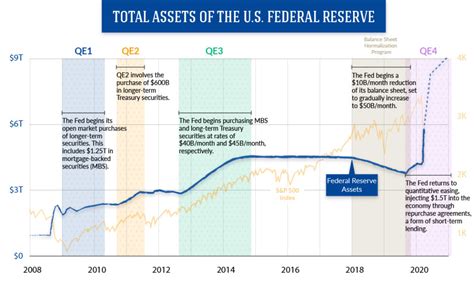How Artificial Intelligence Can Improve Risk Assessment for Crypto Investors
How AI Can Improve Risk Assessment for Crypto Investors
The cryptocurrency world has experienced rapid growth in recent years, with prices fluctuating wildly and investors often taking significant risks. As a result, there is a growing need for effective risk assessment tools that help investors make informed decisions.
Artificial intelligence (AI) is increasingly being used to enhance risk assessment across industries, including finance and investing. In the context of cryptocurrencies, AI can be particularly useful in identifying potential risks and opportunities. Here are some ways AI can improve risk assessment for crypto investors:
1. Identifying patterns and trends
AI-powered algorithms can analyze large amounts of data from various sources, including market trends, trading patterns, and regulatory updates. These insights can help identify potential risks, such as increased volatility or changes in government regulations.
2. Predictive Modeling
By analyzing historical data and using machine learning techniques, AI models can predict future market movements with high accuracy. This allows investors to make more informed decisions about their investments.
3. Risk Modeling

AI-powered risk modeling tools can analyze potential risks associated with various investment strategies, such as market capitalization, liquidity, or the regulatory environment. These models can help investors assess the likelihood of losses and determine whether an investment is appropriate for their risk tolerance.
4. Automated Portfolio Optimization
AI can automate portfolio optimization by analyzing various asset allocation options and selecting a portfolio that matches the investor’s goals and risk tolerance. This can help reduce the emotional decision-making process and increase investment efficiency.
5. Real-time risk monitoring
Real-time monitoring systems powered by AI can monitor market movements in real time, providing investors with immediate access to information about potential risks and opportunities. These tools can also detect changes in market conditions that may affect investments.
Benefits of AI for Crypto Investors
Using AI to assess cryptocurrency risks has numerous benefits:
- Improved efficiency: AI-powered tools can automate many tasks, freeing investors up to focus on more strategic decision-making.
- Improved accuracy: AI models can analyze large amounts of data with high accuracy, reducing the likelihood of human error.
- Enhanced Insight
: AI can provide detailed insights into market trends and risks, helping investors make more informed decisions.
- Better Risk Management: AI-powered risk assessment tools can help investors identify potential risks and develop strategies to mitigate them.
Conclusion
AI has the potential to revolutionize risk assessment in cryptocurrencies by providing real-time insights, predictive modeling, and automated portfolio optimization. By leveraging these advanced tools, crypto investors can make more informed decisions, reduce risk, and achieve higher returns on their investments.
Recommendations for Crypto Investors
If you are a crypto investor looking to improve your risk assessment skills, here are some recommendations:
- Stay informed about market trends: Regularly check market news and updates to stay informed about potential risks and opportunities.
- Diversify your portfolio: Spread your investments across asset classes to reduce your overall risk exposure.
- Use AI-powered tools: Consider using AI-powered tools, such as risk assessment software or predictive modeling platforms, to gain deeper insight into market trends and risks.


